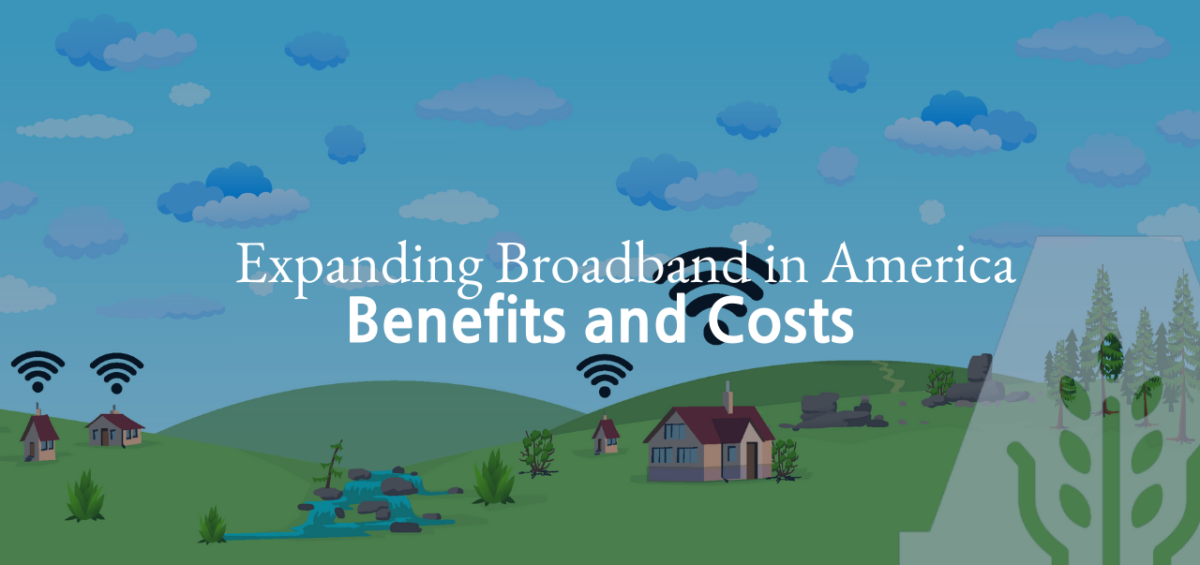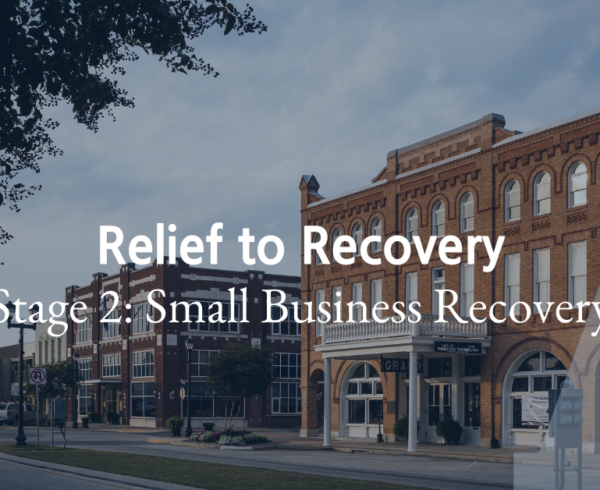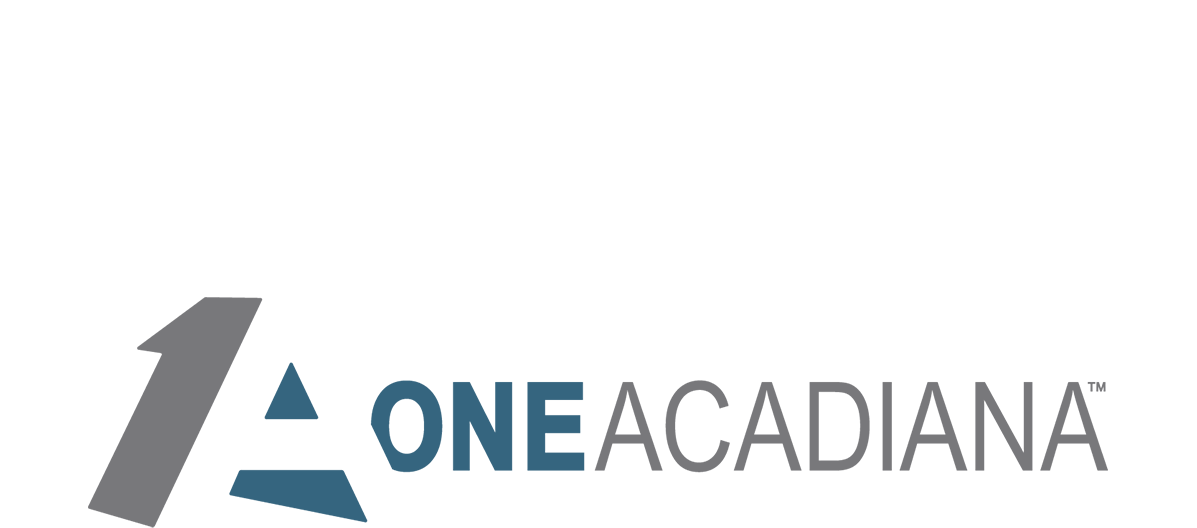The shift of work and school online highlighted the lack of access to high-speed broadband internet service in some parts of the U.S. and intensified political pressure on the government to make it more widely available. The bipartisan infrastructure bill that passed the Senate in August 2021 includes $65 billion to finance expansion of broadband.
Here’s a primer on the problem and potential solutions.
HOW IS RURAL BROADBAND DEFINED?
The Federal Communications Commission (FCC) defines broadband internet as a minimum of 25 megabits per second (Mbps) download speed (the time it takes to receive data, such as loading a web page) and 3 Mbps upload speed (the speed at which data is sent from a small digital device to a larger server; for example, when backing up data to the cloud).
WHO LACKS ACCESS TO BROADBAND?
There is some disagreement as to the extent of underserved areas across the U.S. In its 2020 Broadband Deployment Report, the FCC found that 18.3 million Americans still lack access to broadband internet. However, the FCC’s Census block-level broadband deployment map relies on self-reported data from Internet service providers, and considers a Census block “covered” if as few as only one or two residences in the block are served. Independent research by groups such as Broadband Now suggests the more accurate number is closer to 42 million Americans.
Low income and elderly populations, people of color, and those who live in rural and Tribal areas are disproportionately likely to lack broadband access. The Pew Research Center found that 43% of adults with incomes below $30,000 a year report not having home broadband services, in comparison to 7% of adults with household earnings of over $100,000 a year. When schools switched to distance learning in March 2020, around 15 million students found themselves without broadband internet, worsening a “homework gap” between school age children with and without high-speed internet at home.
Although a larger share of rural households lack broadband (about 19% of rural households, as opposed to 14% of urban households, according to the Census Bureau), in absolute numbers, about three times as many households without broadband are in urban areas. Many urban families already have broadband network infrastructure physically available but are unable to afford internet services. Since underserved urban areas are predominantly comprised of people of color and lower-income neighborhoods, addressing urban connectivity as part of a broadband expansion initiative could have significant implications for racial and socioeconomic equity.
WHAT IS THE IMPACT OF BROADBAND EXPANSION ON ECONOMIC OUTCOMES?
Research suggests that the social returns to investment in broadband are significant. Increasing access and usage of broadband infrastructure in rural areas (and the amenities, digital skills, online education, and job search opportunities that come with it) lead to higher property values, increased job and population growth, higher rates of new business formation, and lower unemployment rates, according to researchers at the Federal Reserve Bank of Richmond. Broadband expansion can also improve health and life outcomes, offering access to remote healthcare providers, online social networks, and educational opportunities. A cost-benefit analysis of rural broadband installation in Indiana observed three to four-fold returns on investment, not including state and local governments’ cost savings on medical expenditures and additional tax revenues from increased incomes.
The World Bank estimates that a 10 percentage point increase in broadband penetration can lead to a 1.2% jump in real per capita GDP growth in developed economies, and researchers at CESifo put this number between 0.9 and 1.5 percentage points for OECD countries.
WHAT ARE THE BARRIERS AND CHALLENGES TO EXPANSION?
Most regions of the U.S. receive broadband from private sector internet service providers (ISPs) like Verizon and Xfinity. In sparsely populated areas, however, the returns to internet investment from user fees aren’t enough to cover private providers’ costs of building out their networks—an issue known as the “last mile” problem. Many remaining unserved areas are geographically difficult to reach as well—whether due to rough terrain or remote location—raising the cost to providers further. The case for public funding relies on the argument that the social benefits of Internet access exceed the private returns.
The physical availability of broadband alone does not ensure equitable access. As noted above, many low-income families in both urban and rural regions cannot afford broadband services at current prices. Some areas with broadband provision see low uptake even with discounts available—whether due to lack of information or disinterest in the service—although many of these areas have seen higher rates of adoption after schools, health care providers, and employers transitioned online due to COVID-19.
Finally, the evolving digital landscape has made swift, unilateral action to expand broadband more complicated. As access to resources increasingly shifts online, many people have begun to consider broadband a necessity akin to electricity, but to what extent this justifies significant government intervention in the market for internet service is a subject of debate between Democrats and Republicans. Developing technologies have also shifted the goalposts for internet speeds and the best methods to deploy service. Fiber broadband networks are often considered the best option to avoid reinstallations in the future, but some argue that prioritizing funding for fiber networks has slowed expansion into areas where it is topographically difficult to lay down fiber.
WHAT HAS THE FEDERAL GOVERNMENT DONE SO FAR? WHAT ABOUT STATE AND LOCAL GOVERNMENTS?
The federal government has been funding broadband expansion since the Telecommunications Act of 1996, which amended the definition of “universal service” (the principle that all Americans should have access to communications services like the telephone) to include high-speed internet. The FCC established the Universal Service Fund (USF), consisting of the Connect America Fund for rural areas, the Lifeline Fund for low-income consumers to purchase internet services, and two funds for schools and rural health care. The USF is financed by telephone companies that provide international and interstate service, a revenue source that is dwindling as communication technology advances—as well as drawing increasingly from low-income groups, who disproportionately pay long-distance charges. In 2019, the FCC added the Rural Digital Opportunity Fund (RDOF) to the USF to direct money towards additional unserved rural areas and set higher speed standards than the Connect America Fund. A total of $9.2 billion in funding over the next ten years was allocated from the USF to service providers through a reverse auction (where ISPs bid for the funding to expand service) in November 2020, with an additional $11.2 billion in funding to be allocated in a second auction to come. Congress has at times provided money for additional broadband expansion programs. The American Recovery and Reinvestment Act of 2009 allocated $7.2 billion towards broadband initiatives for low income and rural communities.
With this support, providers have made notable progress towards universal access. In its January 2021 Broadband Deployment Report, the FCC found that in 2019 alone, the number of Americans without access decreased by more than 20%. Between 2016 and the end of 2019, the number of rural Americans lacking access to 25/3 Mpbs service fell by over 46%, nearly halving the gap between the percent of urban versus rural Americans lacking high-speed service. The urban-rural divide lingers, however, and the FCC’s Lifeline Fund for low income consumers has had notoriously low participation rates due to slow, restricted service and mismanagement.
Highlighted by COVID-19, the remaining gaps in access have become a higher priority in Congress over the past year. During the pandemic, the CARES Act and Consolidated Appropriations Act allocated $125 million and $7.5 billion, respectively, for broadband expansion. The American Rescue Plan Act (ARPA) allocated $20 billion for programs exclusively dedicated to broadband, including the Emergency Broadband Benefit, a $50 discount on broadband services and a one-time $100 discount on eligible devices for low income households, the Emergency Connectivity Fund for schools and libraries, and the Capital Projects Fund. Many states also chose to spend some of the funding provided by recent federal COVID-related bills on broadband initiatives.
The ARPA also marked a shift in the guidelines for broadband deployment. The broadband-specific funds are the first to be turned over for state and local governments to manage, and states are encouraged to spend them on local government, non-profit, and co-op ISPs. For any new networks built using the funds, they set a higher speed standard of 100 Mbps, and limited expansion to areas without reliable service of at least 25 Mbps.
State governments also provided grants and loans to ISPs and local governments for broadband prior to COVID, and stepped up their own efforts during the pandemic. All but three states now have agencies involved in expansion, and Mississippi is the only state without an office, fund, or task force dedicated to broadband projects.
WHAT IS THE BIDEN ADMINISTRATION PROPOSING TO DO NOW? WHAT ARE THE LEGISLATIVE PROSPECTS IN CONGRESS?
President Biden proposed in his American Jobs Plan to invest $100 billion in broadband infrastructure, based on the FCC’s estimate that universal expansion of fiber broadband networks would cost about $80 billion—$40 billion of which would be needed to bring broadband to the hardest 2% of unserved locations to reach—plus funding to offer lower-cost service options. That was reduced to $65 billion in the infrastructure bill that passed the Senate in August.
Of the bill’s $65 billion, about $42 billion would be for block grants to state and tribal governments, offering states more flexibility to tailor broadband investments (although they will need to meet the minimum speed standards for new networks set by ARPA). The bill will require providers that receive the funding to offer a low-cost option to users and a standardized broadband “nutrition label” with information on their service, creates an Affordable Connectivity Benefit to help low-income households purchase Internet services, and establishes several grant programs specifically to promote digital equity. The bill also includes a $14 billion extension to emergency broadband subsidies which began during the pandemic and were set to expire in a few months; however, the extension will reduce the $50 per month assistance low-income families received to cover internet costs at the start of the pandemic to $30 per month.
The $65 billion is the largest single investment in broadband expansion in decades—but will it be enough? Given the FCC’s progress since its 2018 estimate of an $80 billion price tag, the infrastructure bill combined with funding from pandemic legislation may achieve nearly universal access, although likely not enough to cover long-term operating costs in hard-to-reach areas. The bill puts nearly equal focus on addressing affordability, which will likely bring internet to significantly more Americans than could building out networks to rural areas alone. However, as noted earlier, the FCC’s estimate of the number of Americans still lacking access is likely too low, so $80 billion may itself be an underestimate. The amount needed to fully close the digital divide remains uncertain.












